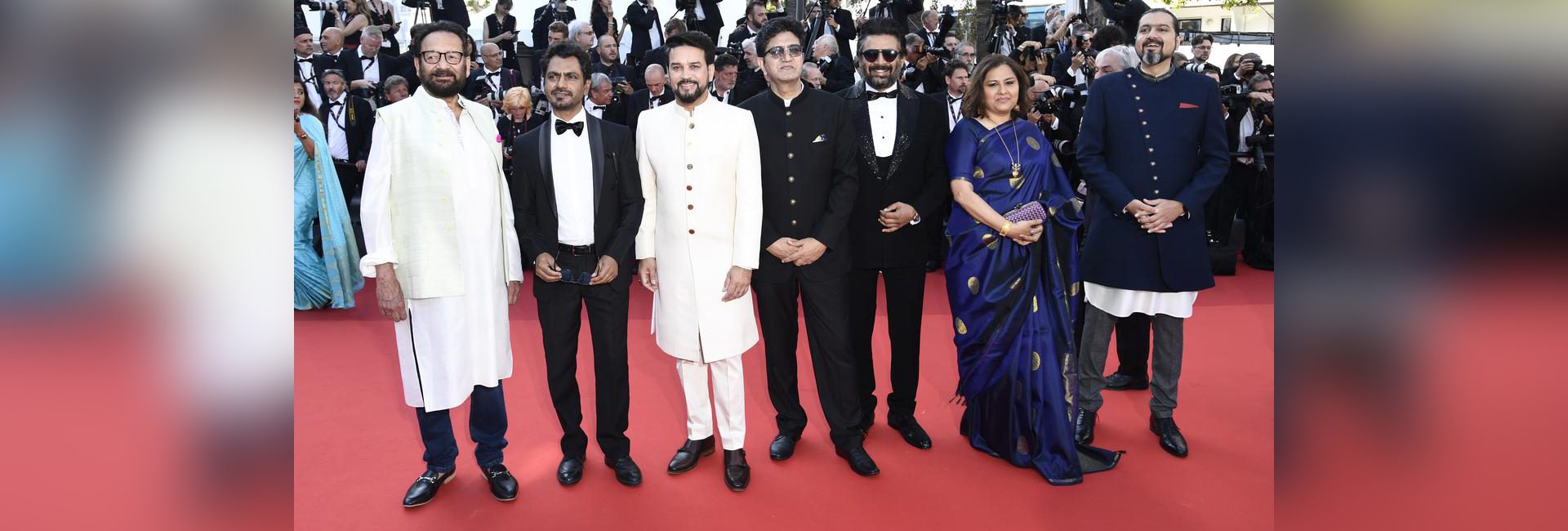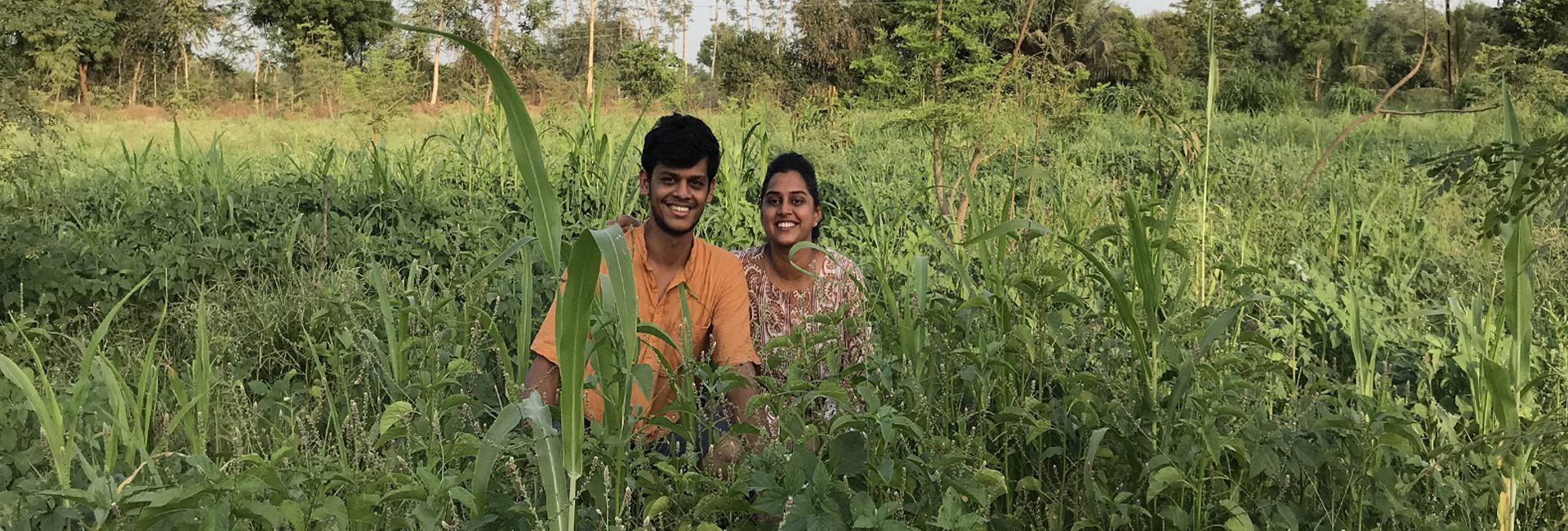(May 28, 2022) The picturesque city of Cannes is pulsating with energy, glamour and glitz as it hosts the best of world cinema under one roof. Welcome to the Cannes Film Festival 2022, an annual affair that has the who’s who of showbiz turning heads on the red carpet and the best of the films up for screening. The 75th edition is unlike any other for Indians, at least, as India takes centre stage like never before. Being named the Country of Honour at Cannes Market, the spotlight is on India’s cinema, culture, and heritage, and a perfect celebration of its soft power.
Yes, Minister
If six Indian films were officially screened at the film festival, an array of Bollywood stars sashayed down the red carpet in exquisite numbers by top designers. But it was the many firsts for India that made Cannes 2022 a lot more special. The biggest film festival on French Riveria saw the largest Indian contingent led by Information and Broadcasting Minister Anurag Thakur take over the red carpet at Palais des Festivals with biggies like Shekhar Kapur, Nawazuddin Siddiqui, Ricky Kej, and Prasoon Joshi in tow. Not just this, Rajasthani singer Mame Khan scripted history by becoming the first folk artist from India to walk the Cannes red carpet.

The largest Indian contingent at Cannes 2022
While the red carpet looks kept the global audience hooked, Cannes 2022 gave India the perfect platform to celebrate its heritage and rich history, and one man who pulled it off with elan was Anurag Thakur. The minister not only emphasised the diversity of India’s cinematic excellence but also hailed the OTT platforms for their content. “I stand here before you, honoured to represent a civilisation that is over 6000 years old, a youthful nation of over 1.3 billion Indians, and the world’s largest film industry that produces over 2000 films annually,” he said at Cannes, adding, “The land of storytellers is on the spotlight of the cinematic world today – ready to engage and collaborate.”
India’s offerings
R Madhavan’s Rocketry: The Nambi Effect proved Thakur’s words right when it received a deafening ten-minute standing ovation at the film festival. Based on the life of Nambi Narayan, a former scientist and aerospace engineer at ISRO who was falsely accused of being a spy and arrested in 1994, the film had its world premiere at Cannes. Along with this much-talked-about film, an array of other Indian films serenaded the audience including Shaunak Sen’s All That Breathes, Nikhil Mahajan’s Godavari, Achal Mishra’s Dhuin, Shankar Shrikumar’s Alpha Beta Gamma, Biswajeet Bora’s Boomba Ride and Jayraj’s Tree Full of Parrots.
Proud!!!🇮🇳
The hysteria surrounding @ActorMadhavan ‘s #RocketryTheNambiEffect is just getting started with the world premiere at #CannesFilmFestival receiving a thunderous standing ovation from the audience!#RMadhavan #RocketryAtCannes pic.twitter.com/0ex05a757f
— Elfa World (@ElfaWorld) May 21, 2022
Though Cannes 2022 has turned the spotlight on India, its first tryst with Indian cinema began in 1946 when Chetan Anand’s Neecha Nagar became the first Indian film to win the Palme d’Or (which was earlier called Grand Prix du Festival International du Film), the highest honour in cinema. The next big turn came in 1954 when Bimal Roy’s Do Bigha Zamin was honoured at the Prix Internationale at Cannes, followed by Satyajit Ray’s Pather Panchali in 1956. For decades, Indian films like Devdas, Salaam Bombay, Titli, and Udaan have satiated the palates of film aficionados across the globe.
The Rai effect

Aishwarya Rai makes her 20th appearance at Cannes
It was Aishwarya Rai who made Cannes mainstream for Indians with her first red carpet appearance in 2002 along with Shah Rukh Khan. And since then, the diva has been a regular at the film festival and has paved the way for other Bollywood stars like Sonam Kapoor and Deepika Padukone. Speaking of which, the Piku actress has marked her debut as a jury member, who along with seven others like Asghar Farhadi, Rebecca Hall, Vincent Lindon, Jasmine Trinca, and Ladj Ly, would announce the winner of Palme d’Or. “We can literally count on our fingertips the number of times anyone from India has been on the jury or has had the opportunity to represent the country at a platform such as this. To see India being recognised at a global level at a platform like this… I think it says a lot about where we are as a nation and the road ahead for us as a nation,” she told PTI.

Deepika Padukone on Cannes 2022 red carpet
The 12-day extravaganza that pulled out all the stops to bring the best of cinema, celebrities, and fashion under one roof is on the tail end of the celebration, but not without giving India a platform to project itself as a ‘global content hub’. From here, it’s only up and above for India.


